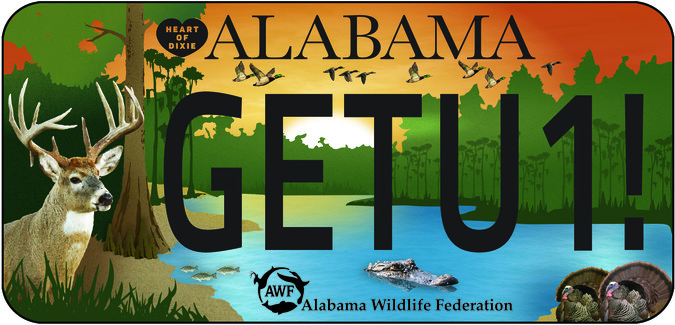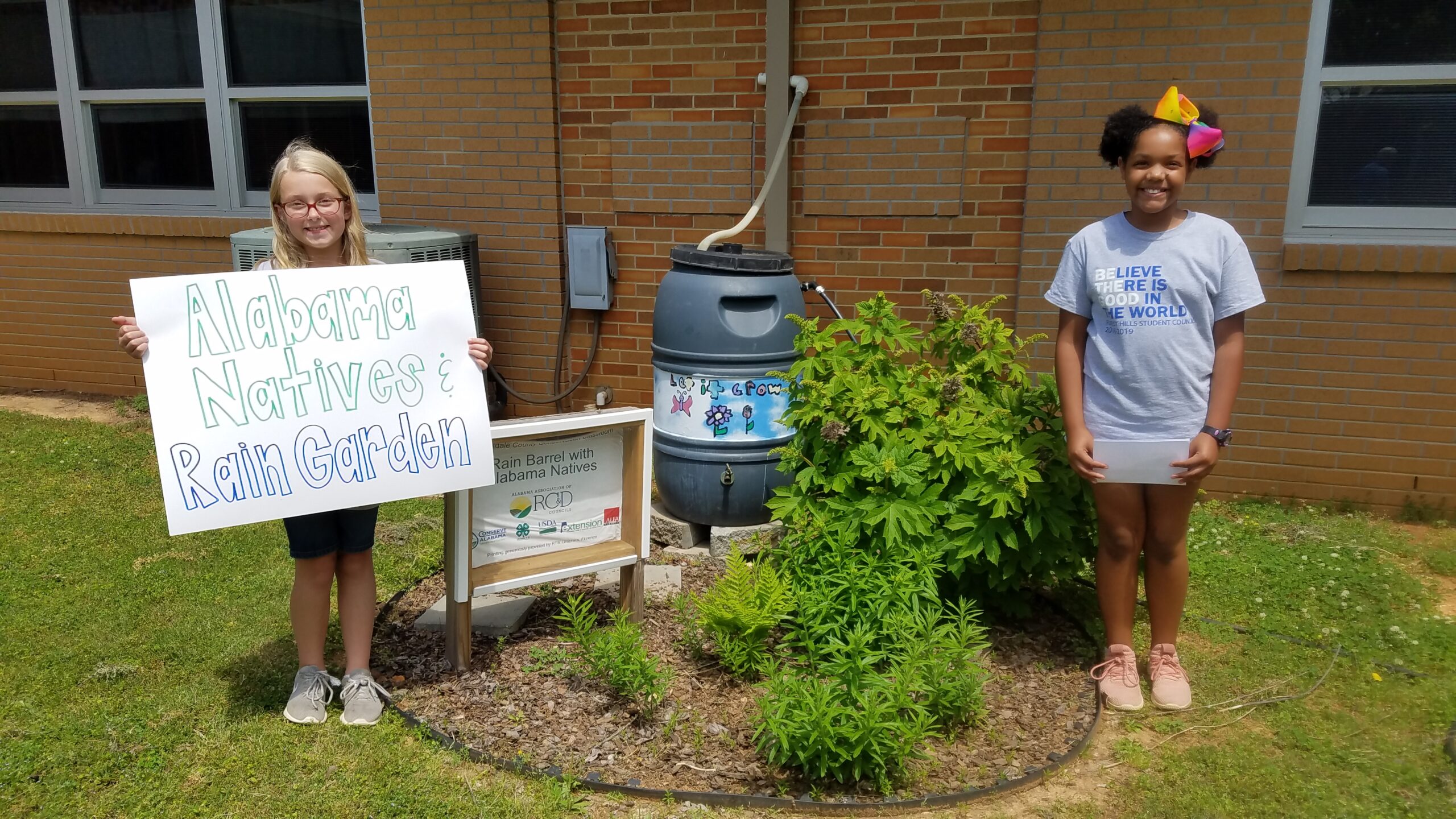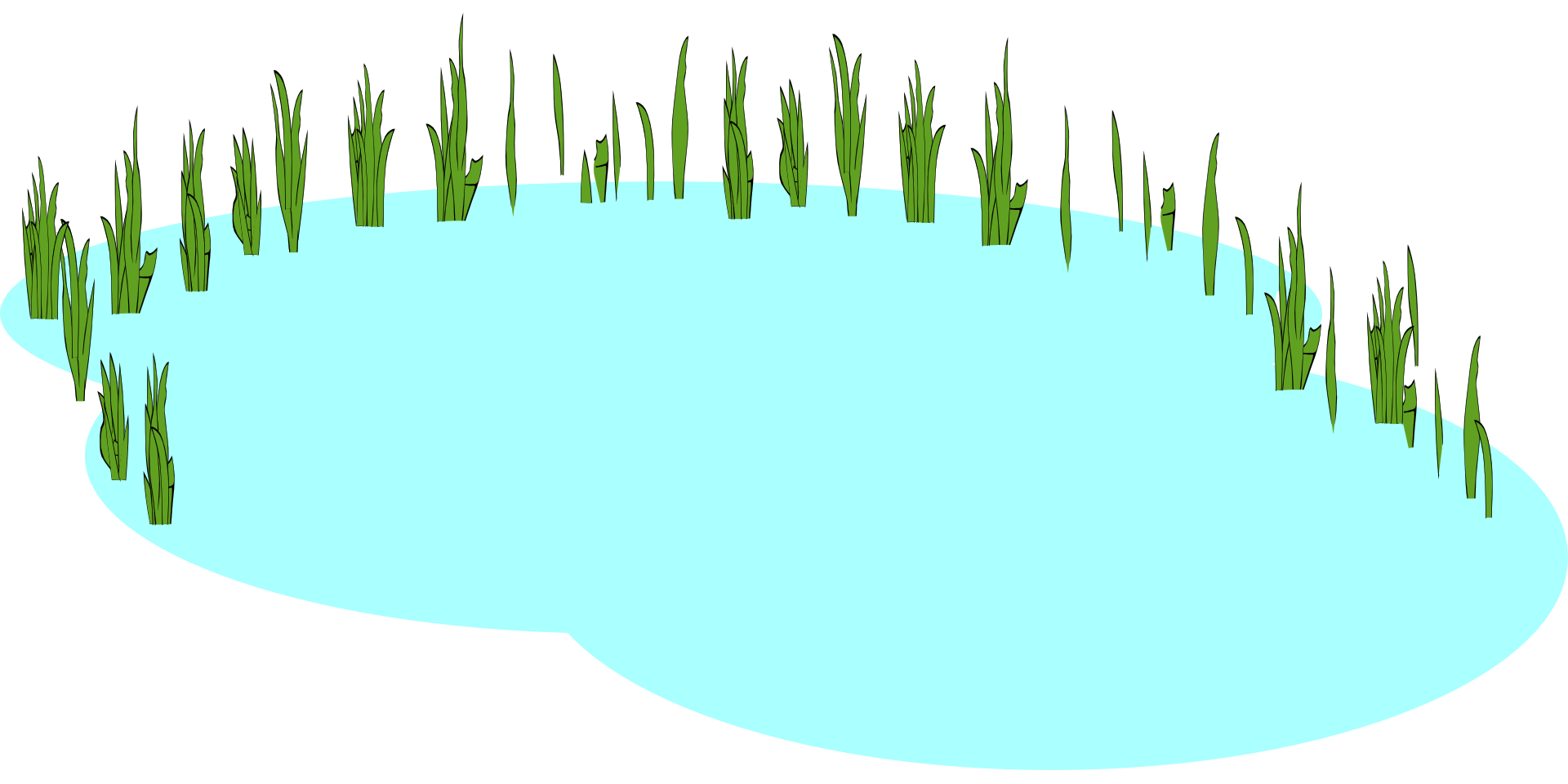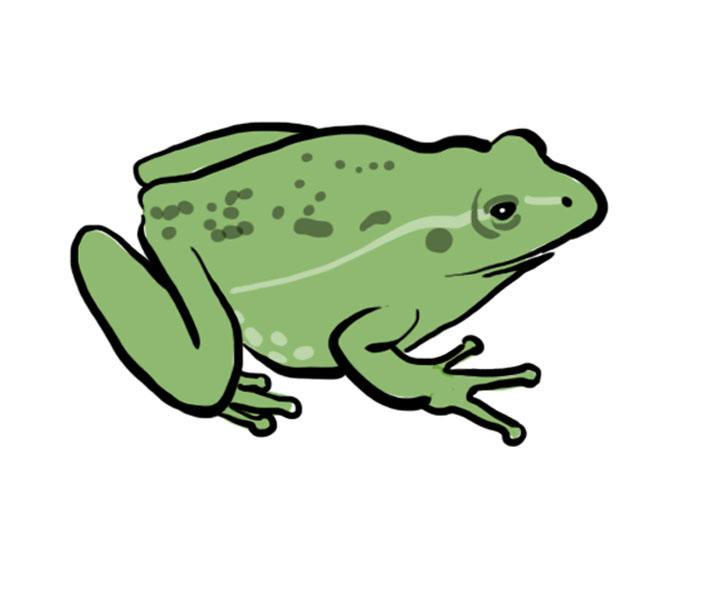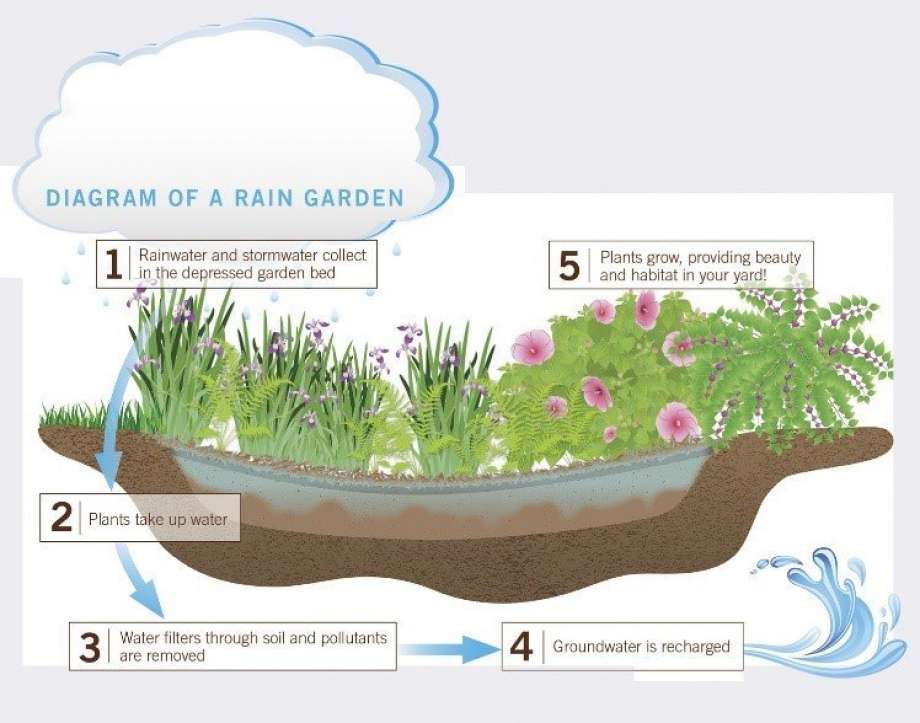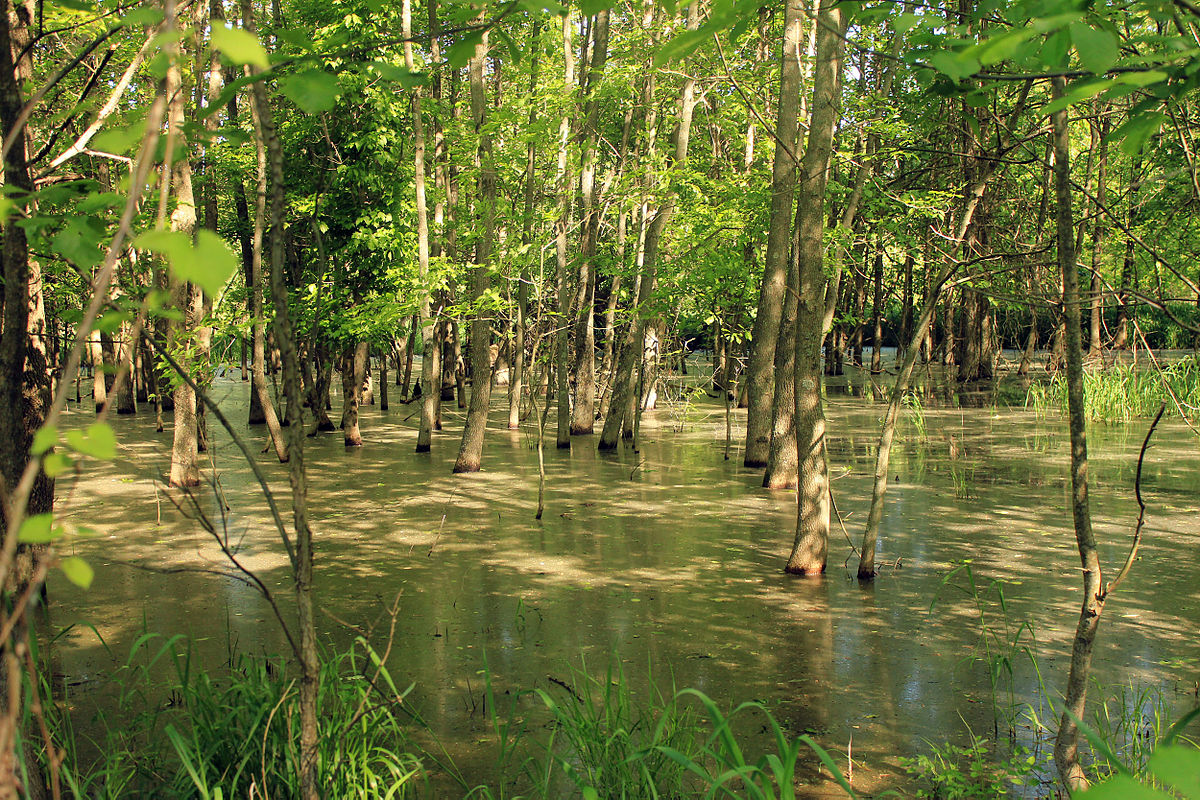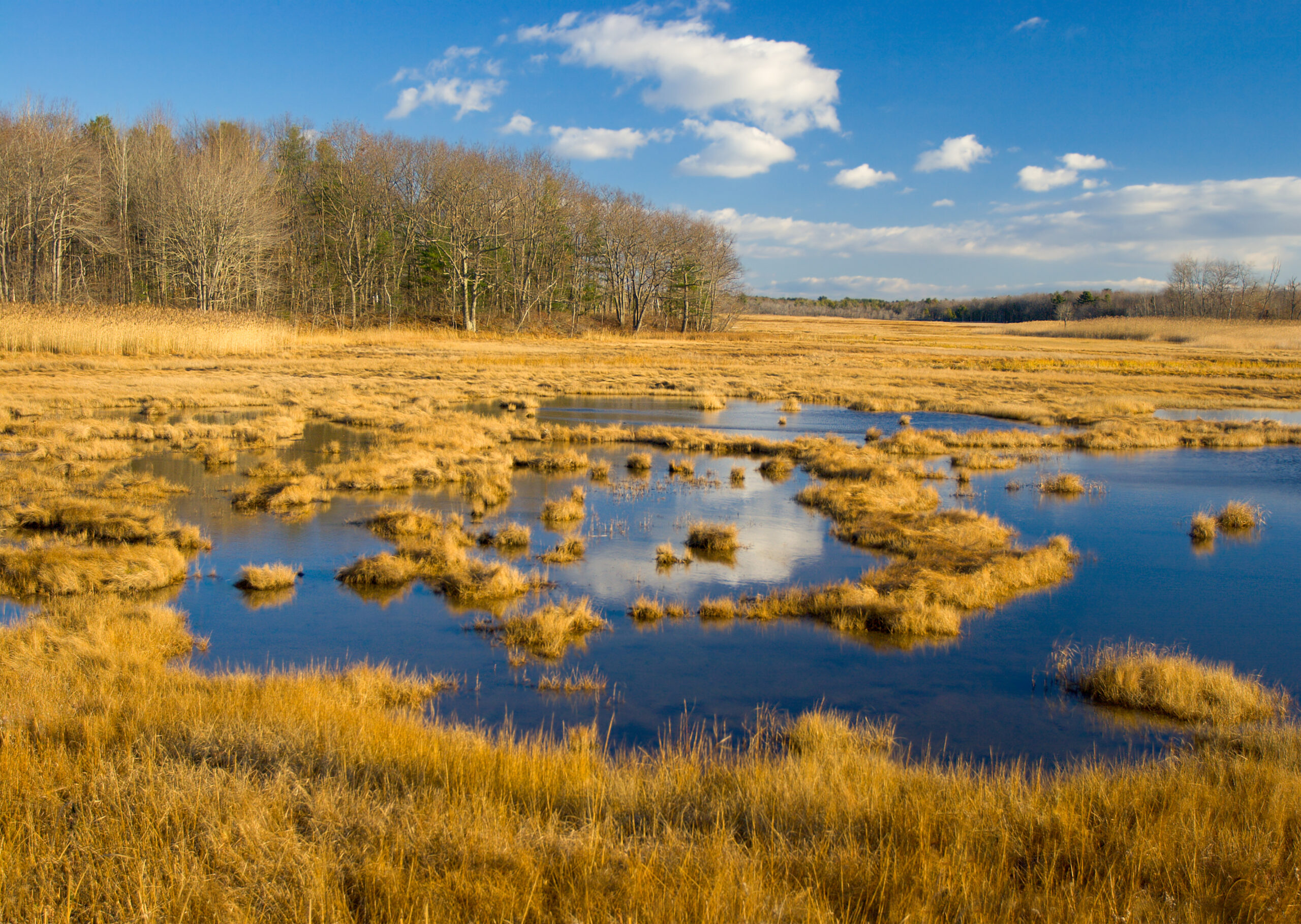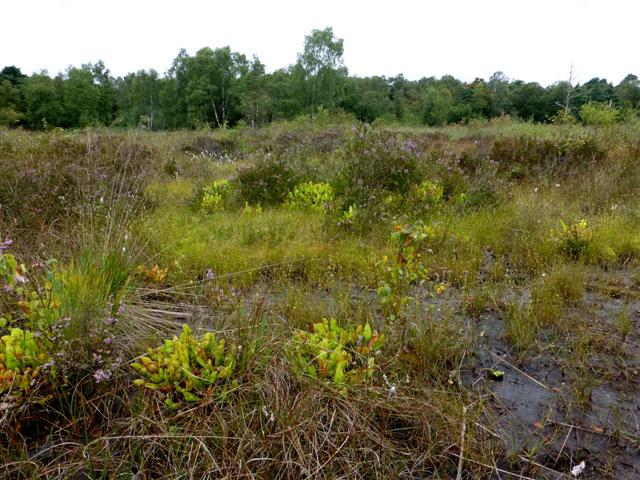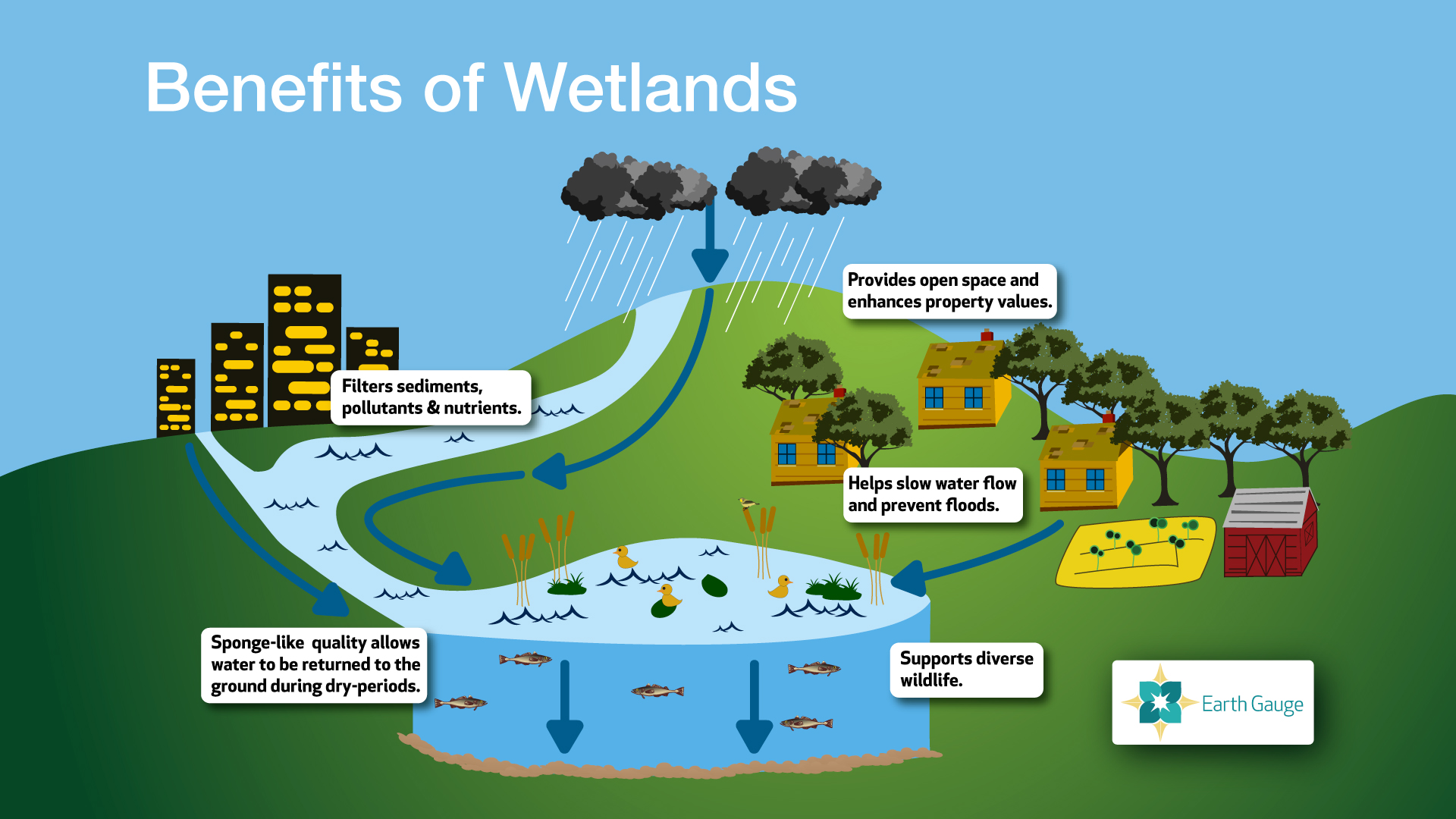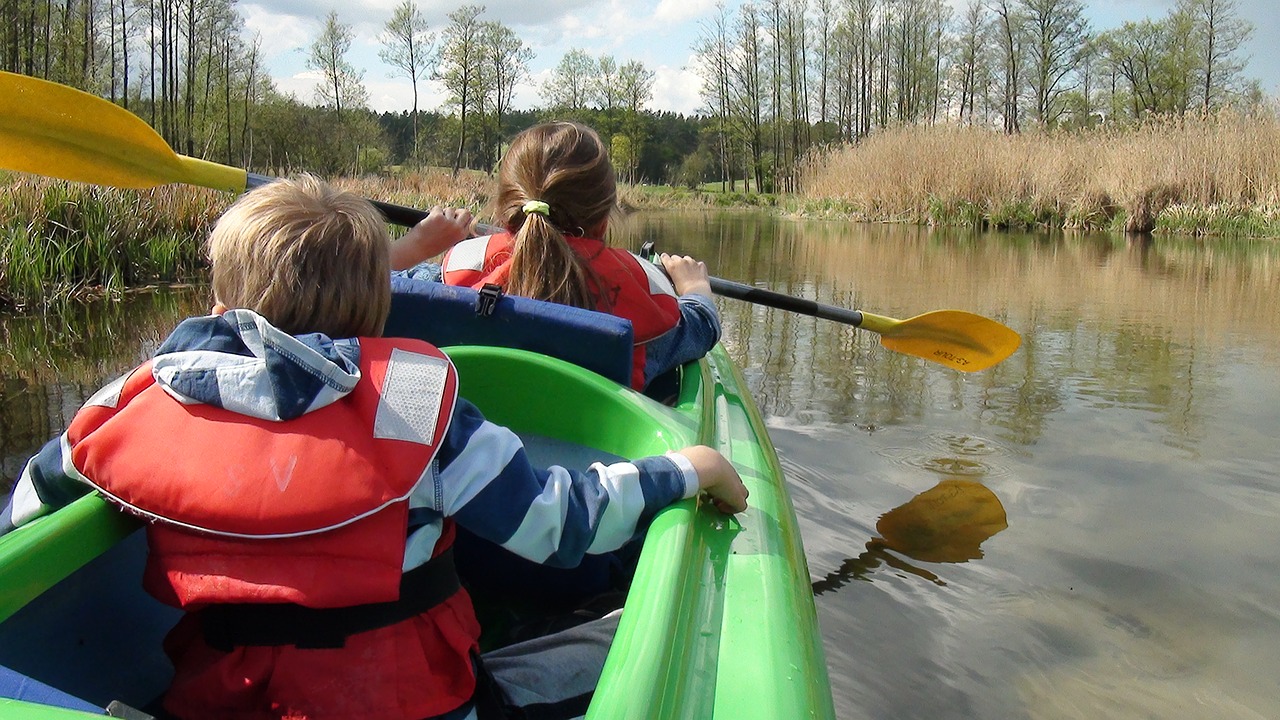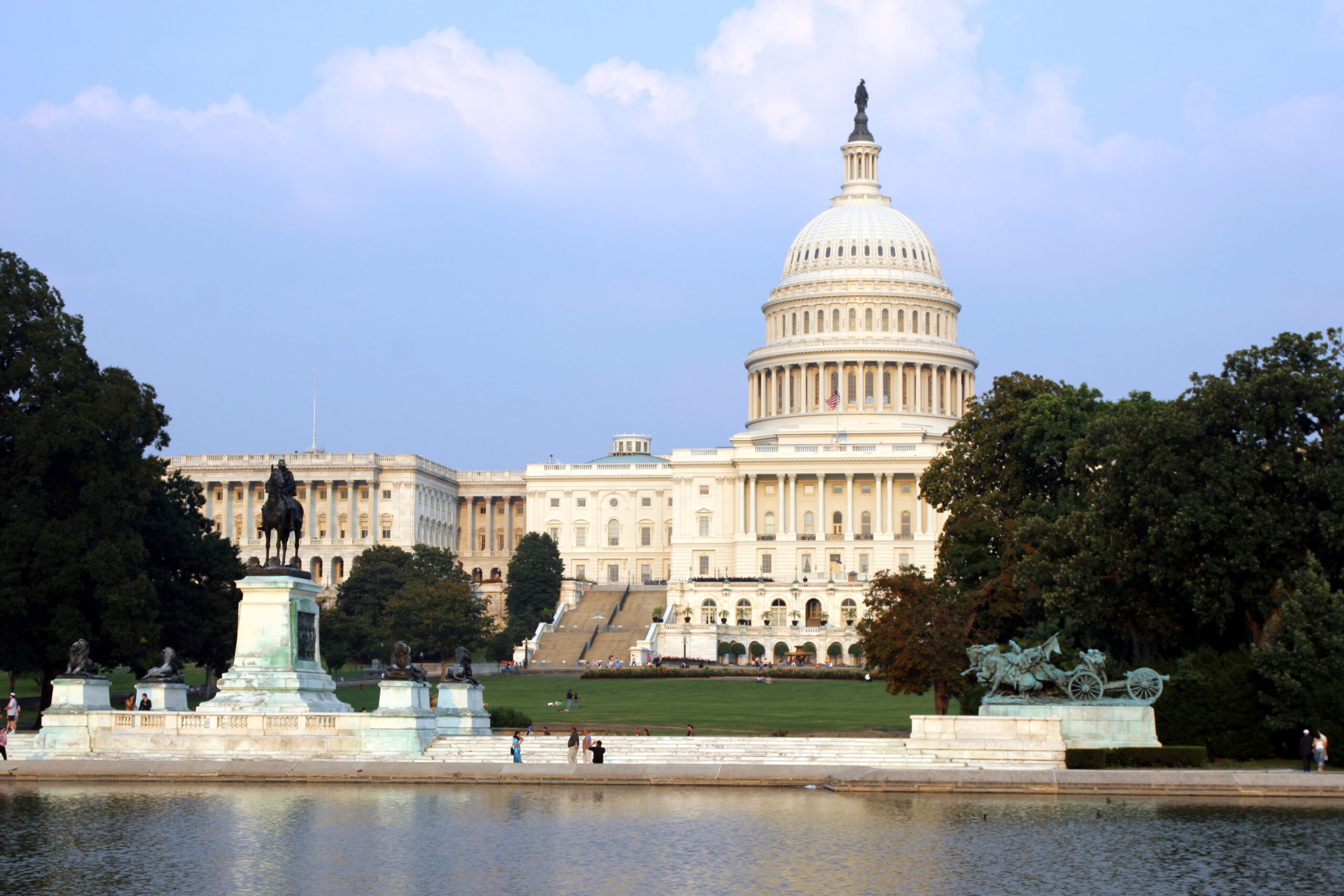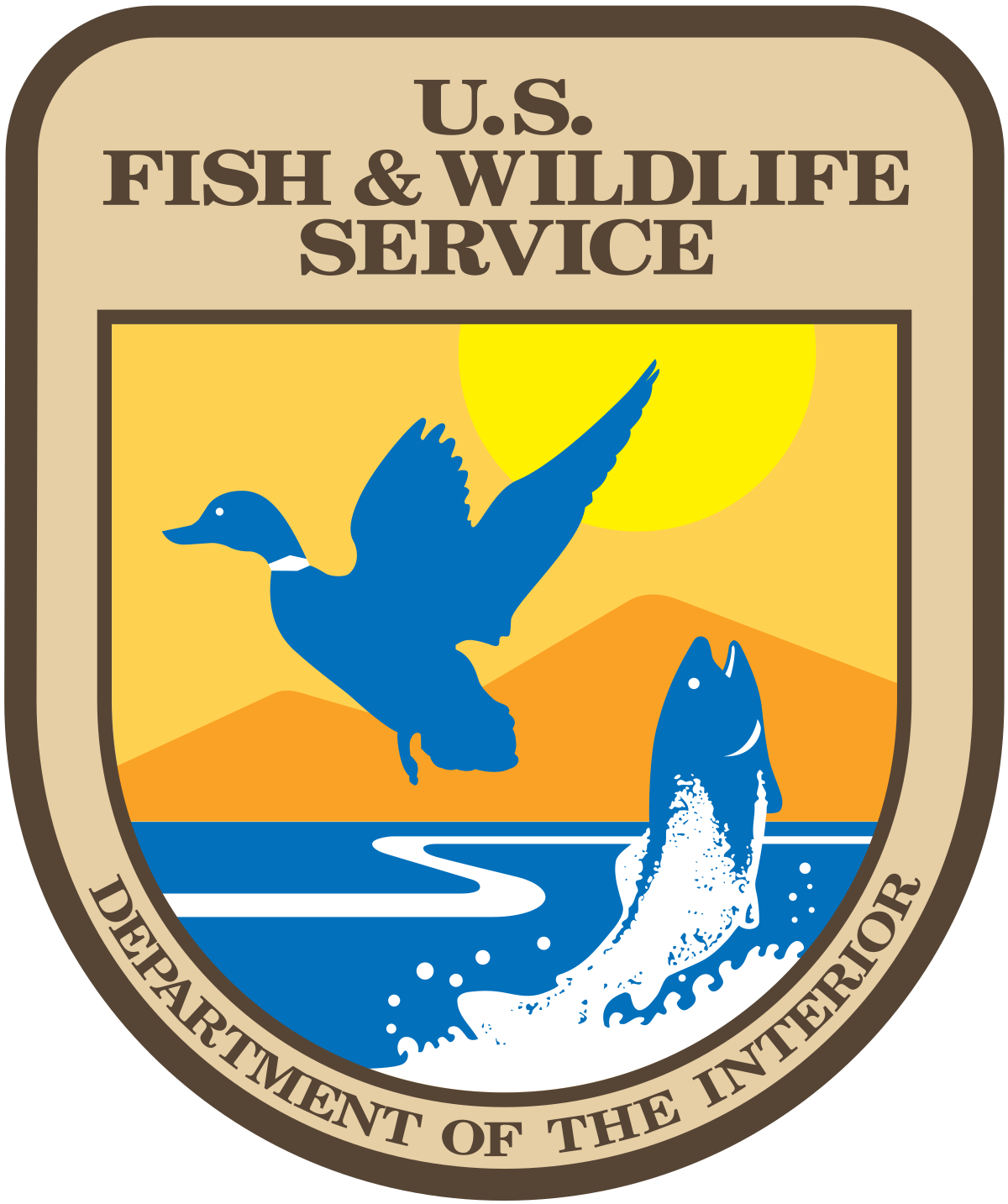
Investigate Rain Gardens
and Wetlands
A rain garden is created to help slow down stormwater runoff. This garden is planted with native plants and serves the same functions as a natural wetland – water filtration and storage, flood and erosion control, and habitat for wildlife.
| Click on the topics below to learn more! | |||
| What is a Rain Garden? | What is a Wetland? | Importance of Wetlands | Wetland Conservation |
| Importance of Wetlands | |
| The Environmental Protection Agency desribes a wetland as "the vital link between the land and the water. They are the transition zones where the flow of water, the cycling of nutrients, and the enerty of the sun meet to produce a unique ecosystem." | |
| Erosion/Flood Control and Water Filter:
During periods of heavy rainfall or snowmelt, wetlands absorb and slow waters. This limits the effects of flooding, preventing the waterlogging of crops and potentially saving lives. Slowing and storing water also reduces erosion and the damage it causes. Plants, fungi, and algae in wetlands filter and absorb extra nutrients (fertilizers, etc.), sediments, and other pollutants. This protects rivers, lakes, and other bodies of water. |
|
| Because of this, wetlands within and downstream of cities and farms are particularly important. Pavement and buildings tend to increase the rate and volume of surface-water runoff, and farms tend to produce a lot of pollutants. |
|
| Economy:
Wetlands are popular places for hunting, hiking, canoeing, bird-watching, and other outdoor recreational activities. The U.S. Fish and Wildlife Service states that Americans spend more than 100 billion dollars on wetland-related activities every year. Over 75% of the fish and shellfish (like crabs) that are commercially harvested are connected to wetlands. |
Children in kayaking in wetland
Pixabay Click on image to enlarge it |
| Provide Habitat:
Wetlands are one of the most important habitat types on earth. They provide food, water, and shelter for adult and baby animals of all kinds. Birds use wetlands for feeding, breeding, and as a place to rest and refuel during migrations. Dead plant material breaks down in the water and forms detritus, or very tiny pieces of organic material. The detritus feeds small aquatic insects and fish that are food for larger fish, reptiles, amphibians, birds, and mammals. |
Local and Migratory Birds Using Wetland
(India) Shariqkhan – Dreamstime Click on image to enlarge it |
| Animals that benefit from wetlands:
Wetlands serve as nurseries for amphibians and dragonflies as well as fish and crabs. These animals spend the beginning of their lives in the shallow waters of wetlands before venturing out onto land or deeper waters. To read more about the life cycle of frogs and the importance of water to it, CLICK HERE. |
|
 |
|
|
|
|
||
|
|
 |
|
 |
||
 |

